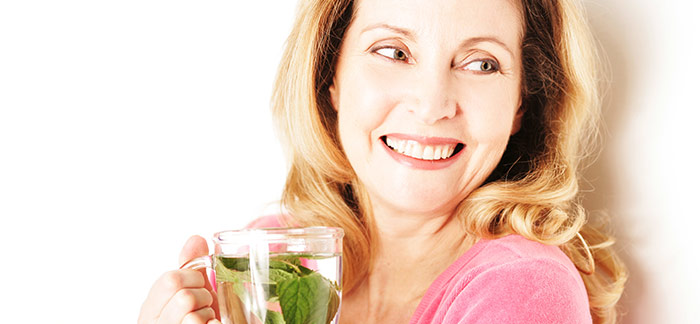|
The menopause is a natural part of aging but a subject few women talk about until they reach it, partly due to the many myths which surround it.
For example, one menopausal stereotype is of a woman on the warpath, spreading negativity wherever she goes - but research does not bear this out, as the vast majority of post-menopausal women do not experience depression.
What is menopause? The South African Menopause Society (SAMS) defines it as the medical term for the end of a woman’s menstrual periods, when the ovaries stop making hormones called oestrogens.
Perhaps if it were not for the physical symptoms reported by roughly three out of four women, this phase of life would not have such a bad reputation.
Low oestrogen levels are to blame for much of the discomfort, says SAMS.
|
|
The most common and easy to recognise sign is hot flushes (or flashes), which are sudden and intense waves of heat and sweating. These hot flushes can wake you up in the middle of the night.
Some women report mood changes, irritability and depression.
Physical signs may include joint and body aches and changes in the reproductive tract which may cause discomfort during intercourse.
Many also notice changes in their skin and hair, with hair dryer, nails more brittle, and skin gradually thinning. Weight gain is another unwanted side-effect, although not inevitable.
|
|
When menopause starts is partly due to genes, so woman can ask their mother and grandmother if they remember when this happened in their lives. It is generally between the ages of 45 and 58 but can happen earlier, if the ovaries are removed or stop working.
The menopause transition (previously called the perimenopause) can begin five to six years before menopause, with two phases: early and late.
In the early transition a woman’s monthly periods start to become less regular. At the same time she may have breast tenderness, bloating, fluid retention and premenstrual mood swings.
In the late transition, periods are even more erratic and oestrogen levels are usually low. This when doctors often start to prescribe oestrogen or oestrogen/progestin in hormone therapy (HT, formerly known as hormone replacement therapy or HRT) to provide relief from symptoms.
SAMS says there are benefits and drawbacks to taking HT however so treatment needs to be given up according to each woman's needs.
The guiding principle is always to take the smallest possible dose for the shortest time necessary.
Some women distrust HR and choose alternatives such as acupuncture, hytoestrogens (naturally occurring “oestrogen” compounds found in plants) or natural supplements such as the medicinal herb black cohosh.
When it comes to the mood swings and “brain fog” often reported, cognitive behaviour therapy may help.
Whatever route taken, a healthy diet, exercise, and emotional support are vital.
|
So, is there anything to look forward to?
Yes! Many women are thrilled that they no longer have their monthly periods or pre-menstrual tension.
Sex does not stop at menopause so there is also the freedom from birth control and no fear about an unplanned pregnancy.
Although many women fear weight gain, this need not be part of menopause.
One Australian study, which charted women for 20 years found that “negative mood scores and depressive symptoms decreased significantly” as they moved from 50 to over 65.
For many women life doesn’t start at 40 but rather at 50 when this new freedom beckons.
|

